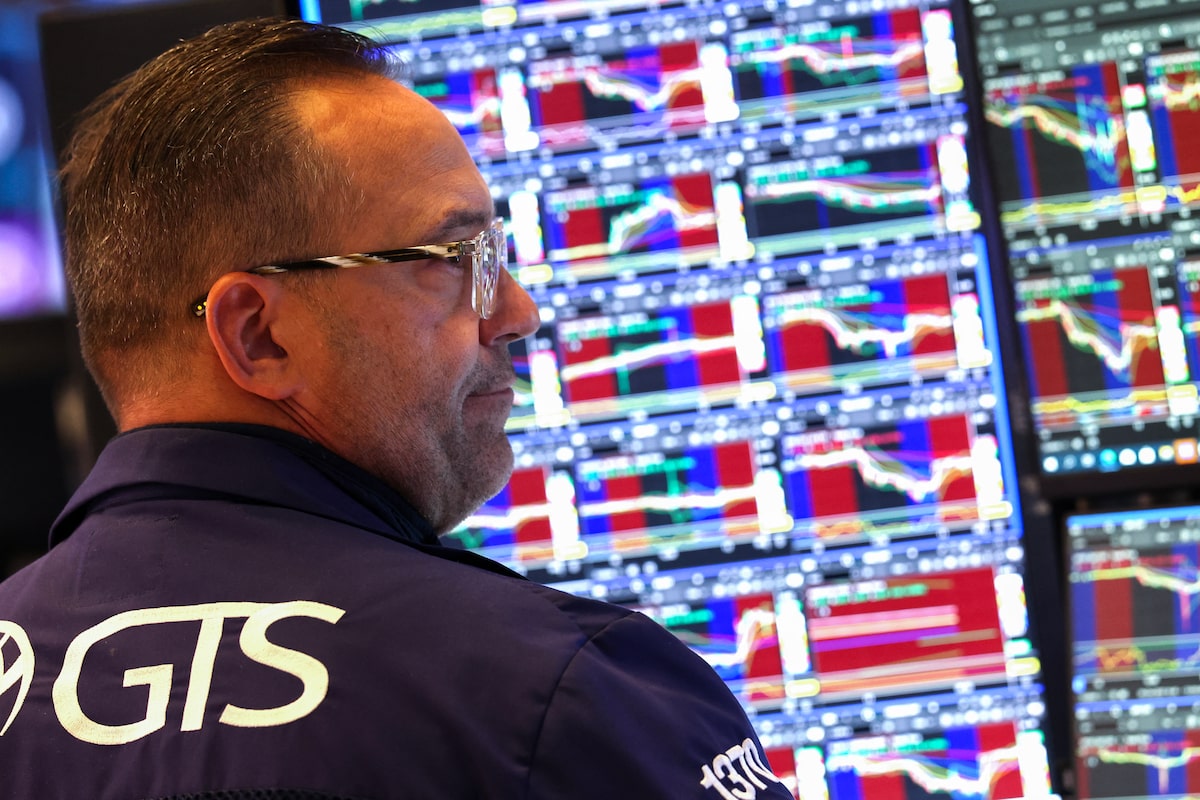In this era of low interest rates, retirees need to invest at least a part of their portfolio in equities to get a decent return. And normally, they can weather the occasional stock-market correction because the long-term direction is clearly upward.
The one situation that must be avoided, however, is a stock-market bubble – or specifically, the bursting of a bubble. But is there any way to tell when a bubble is forming?
This week’s chart looks at stock-market behaviour during the final 40 months of three famous bubbles. Details include the ultimate drop in the S&P 500 Index after each bubble burst.
Also shown is the situation today, up to Oct. 1, 2025. This may or may not be a bubble but it certainly blends right in, especially considering the index had already risen 415 per cent from its low in 2009 up to the beginning of the period covered in the chart.
Here are my own observations on common characteristics of bubbles:
There is often widespread agreement that a bubble exists, long before it bursts. In spite of that, investors stay in the market because of the fear of missing out (FOMO).Toward the latter stages, experts opine that maybe this time is different and that sky-high prices are justified by new technology. In the 1920s, it was mass production of autos and telephones. In the dot-com era, it was the promise of the internet. Today, it would be AI. In spite of point 1, the bursting of the bubble catches everyone by surprise.
Despite the warning signs, I nevertheless suggest that retirees stay invested in equities because the end might still be a year or two away. They may, however, wish to reduce their equity weighting to mitigate their potential losses. They might also want to steer clear of the stocks that have risen the most.
Frederick Vettese is former chief actuary of Morneau Shepell and author of the PERC retirement calculator (perc-pro.ca)

